Product Consultation
Your email address will not be published. Required fields are marked *
Nylon elastic yarn is widely used in the production of stretch fabrics, waistbands, cuffs, and other elastic components in clothing and textiles due to its stretchability, strength, and durability. It is incorporated into these products in various ways depending on the desired effect and the type of garment or accessory being created.
1. Stretch Fabrics (Activewear, Sportswear, and Clothing)
Weaving or Knitting: Nylon elastic yarn is often woven or knitted into fabrics to provide stretchability and shape retention. In knit fabrics, the yarn can be knitted in a ribbed pattern or a stretch knit structure, allowing the fabric to expand and contract with movement while maintaining its shape.
Lycra and Spandex Blends: Nylon elastic yarn is often blended with materials like spandex or lycra to create high-stretch fabrics used in activewear, swimwear, athleisure, and performance wear. This blend maximizes both comfort and freedom of movement.
Bonding or Laminating: For fabrics with two-way or four-way stretch, nylon elastic yarn can be incorporated by bonding or laminating with other stretch materials, creating lightweight fabrics that still provide significant stretch without sacrificing durability.
Benefits: The combination of nylon's strength and the inherent stretch of elastic yarn ensures that the fabric is both stretchable and resilient. This is ideal for items like leggings, sports bras, jumpsuits, and swimsuits, where comfort and flexibility are critical.
2. Waistbands (Activewear, Jeans, Underwear, etc.)
Elastic Bands: Nylon elastic yarn is commonly used in the construction of elastic waistbands in items like underwear, pants, leggings, and athletic shorts. The yarn is either braided or woven into an elastic band and then sewn directly into the waistband of the garment.
Woven or Braided Elastic: The yarn is typically woven or braided into a flat elastic band or tubular form, giving it stretch and flexibility while maintaining a comfortable and secure fit.
Encased Elastic: In some cases, nylon elastic yarn is sewn into a casing within the fabric (i.e., a fabric tunnel) to form a hidden elastic waistband. This gives the waistband a soft, smooth exterior while still providing the necessary stretch.
Adjustable Waistbands: For garments requiring adjustable waistbands, nylon elastic yarn can be incorporated with additional features like drawstrings or cord locks. The elastic yarn helps maintain a snug fit, while the drawstring allows for adjustment.
Benefits: The use of nylon elastic yarn in waistbands ensures that the waistband remains secure yet comfortable. It provides a tight fit that doesn't sag or loosen with wear, making it perfect for activewear, gym clothing, and everyday wear.
3. Cuffs (Shirts, Jackets, Sweatshirts, etc.)
Knitted Cuffs: In sweatshirts, jackets, and long-sleeve shirts, nylon elastic yarn is often incorporated into the cuff area to create a snug fit around the wrist or ankle. This is done by using ribbed knit patterns, where the nylon elastic yarn is knitted with other materials to provide stretchability and a firm fit.
Ribbed Knit: A common method for incorporating elastic yarn into cuffs is using a ribbed knit pattern, where alternating rows of knit stitches create a stretchy, textured surface. This ensures the cuffs tighten around the wrist or ankle, keeping the sleeve or pant leg in place.
Elasticized Cuffs: In some products like sweatshirts or sports jackets, nylon elastic yarn is sewn into the edge of the cuffs as a standalone elastic band or inside a fabric casing, allowing the cuff to stretch and fit snugly around the wrist without restricting movement.
Benefits: Cuffs made with nylon elastic yarn prevent the sleeves or pant legs from riding up and ensure that the garment stays in place, improving overall comfort and fit. The use of nylon ensures the elasticity holds over time without losing its shape.
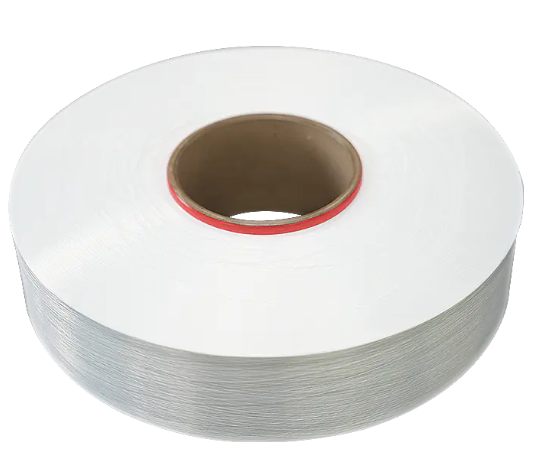
What is the difference between symmetrical and asymmetrical bi-component FDY yarns?
2024-11-25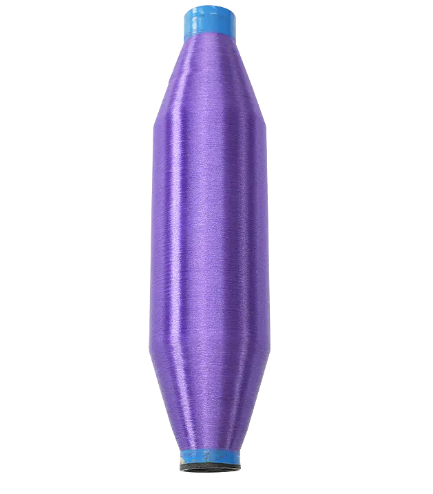
How does the tensile strength of nylon multifilament yarn impact its application in textiles or engineering?
2024-12-09Your email address will not be published. Required fields are marked *
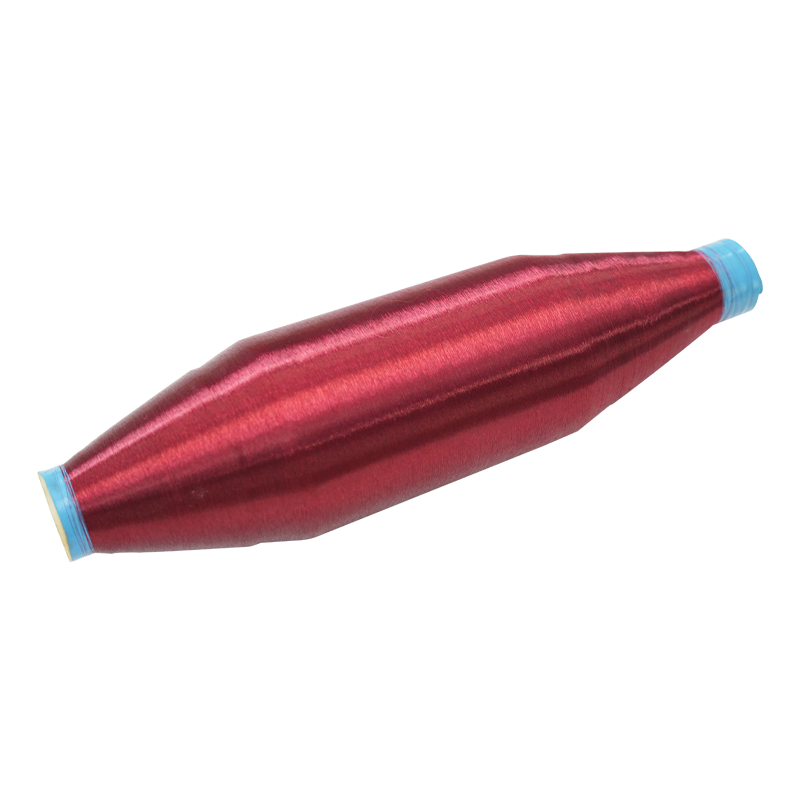
Antiviral nylon Monofilament Yarn can inhibit the survival of viruses on the surface of the yarn, which can effectively reduce the risk of virus transmission and improve user safety. The yarn has a mo...
See Details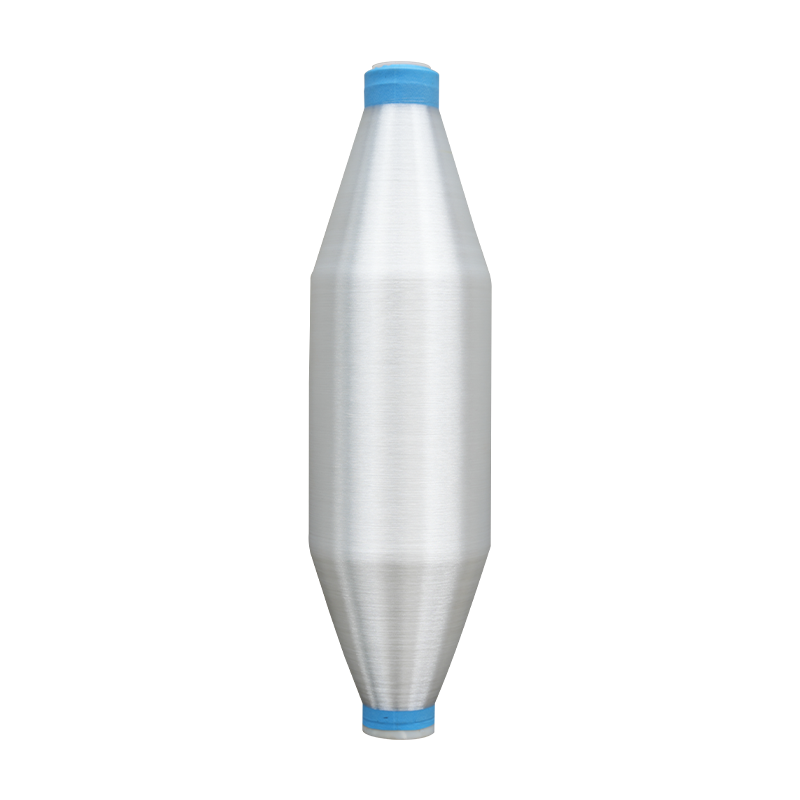
60D woven Antiviral Yarn is thin overall and suitable for making light and soft textiles. Nylon fiber has a soft feel and good breathability. This yarn is usually used to weave fabrics and can be made...
See Details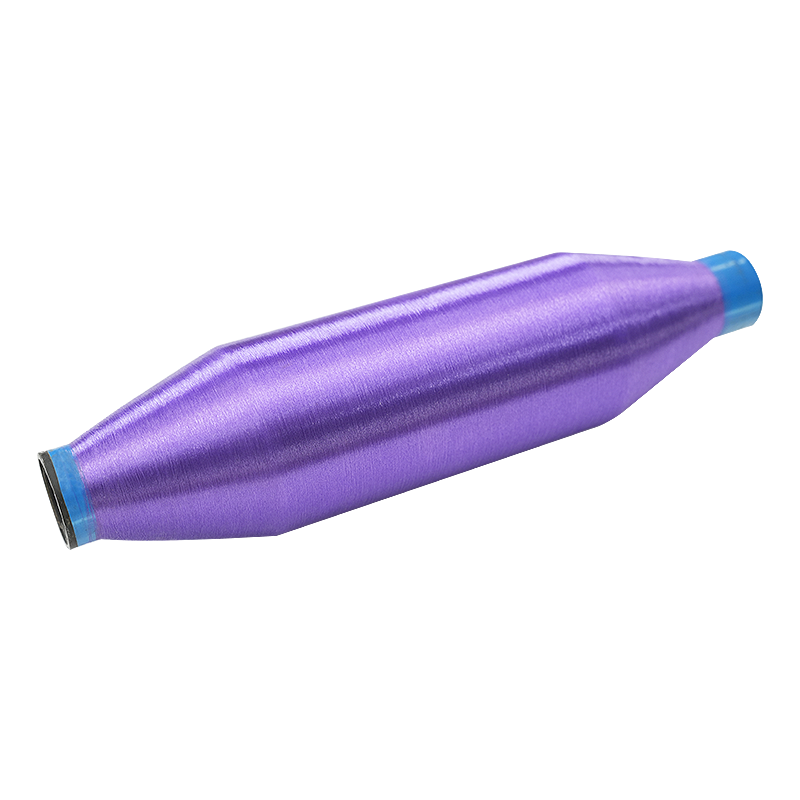
Graphene yarns can be produced by a variety of methods, including chemical vapor deposition (CVD) and wet spinning. In CVD, graphene is grown directly on a substrate, which is then removed to obtain g...
See Details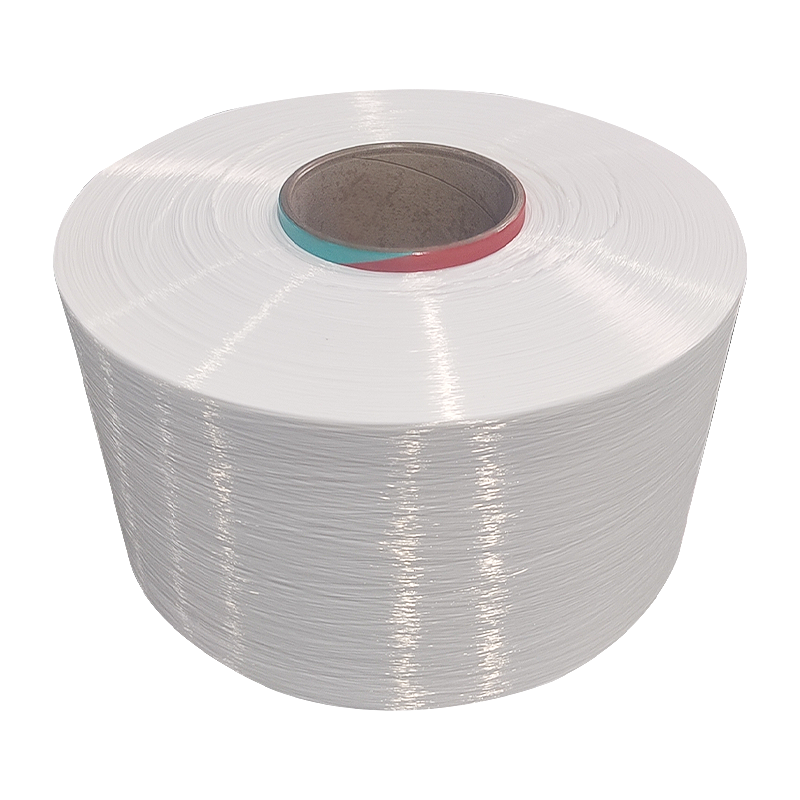
Colored Nylon Mother Yarn can be processed through spinning, drawing, dyeing and other processes to meet the needs of different textiles. It has good processing adaptability and can be made into vario...
See Details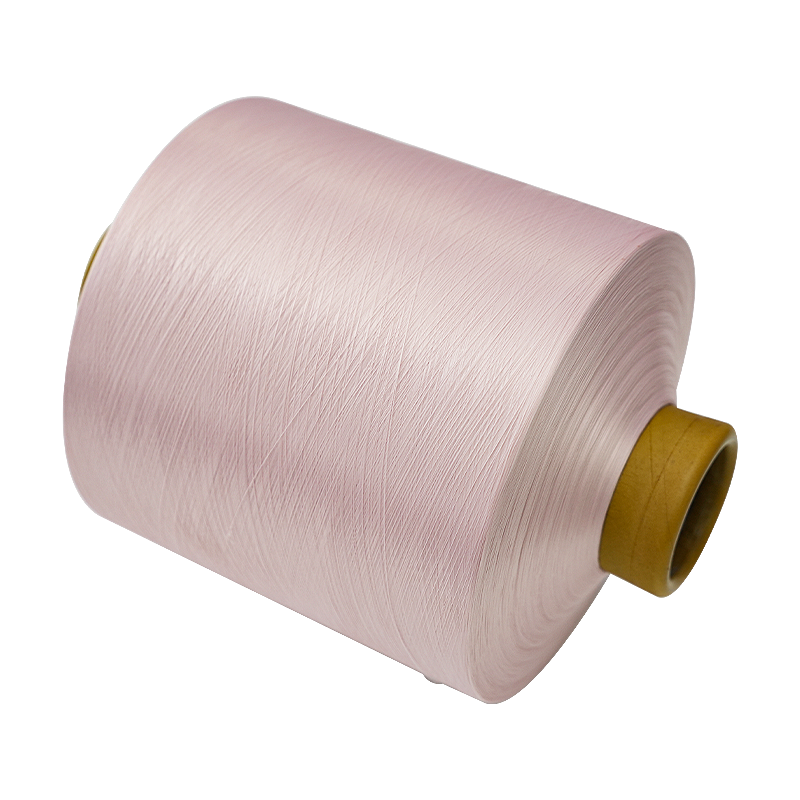
Fabrics made using Nylon elastic yarn for Weaving are lightweight, soft, comfortable and breathable, making them suitable for long-term wear. Made of high-quality nylon material with wear resistance, ...
See Details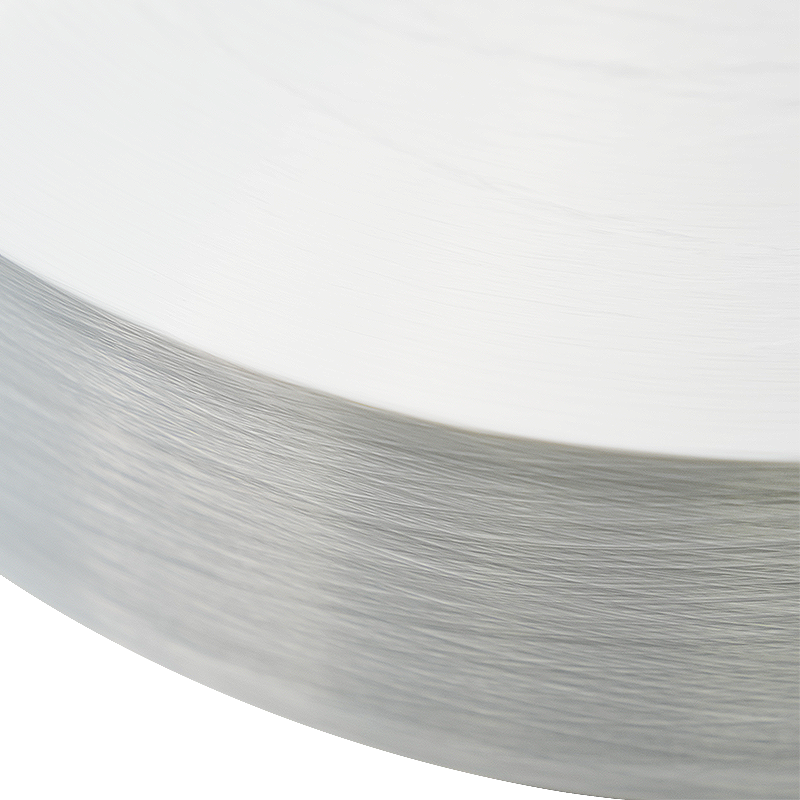
Polyester FDY yarn for weaving has high strength. After FDY yarn is fully stretched, the strength is even better and is suitable for manufacturing fabrics requiring high strength. The fabric made usin...
See Details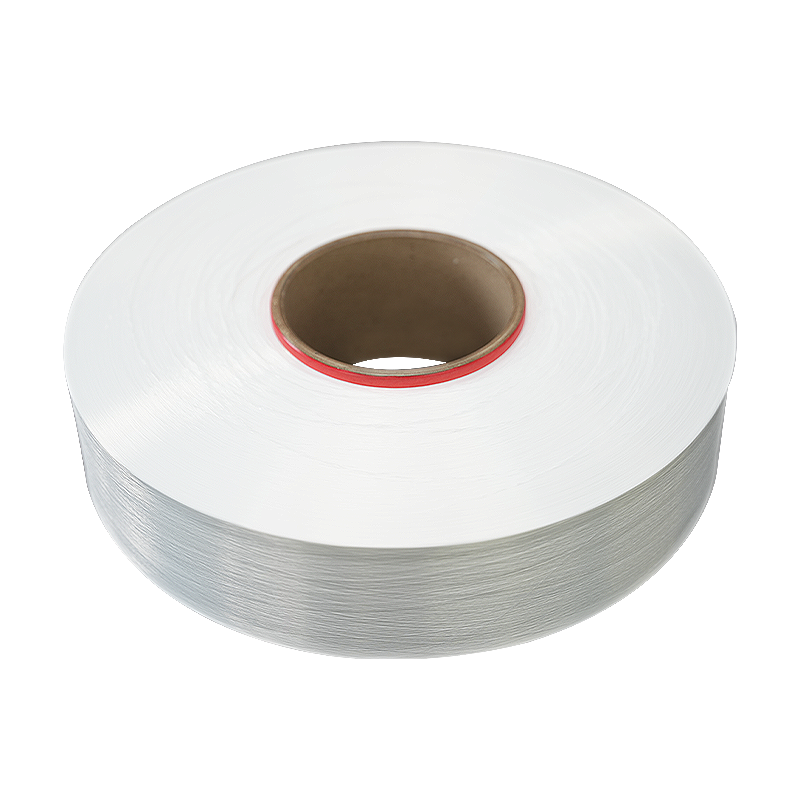
Nylon composite yarn has high strength and toughness. Textiles made with Nylon composite yarn have good stretch resistance and tear resistance. This yarn has a wide range of applications and can be us...
See Details
Cooling brushed durable FDY yarn has high durability and is suitable for manufacturing textiles that require wear resistance and durability. It is not easy to wear out after long-term use. Textiles of...
See Details
210D Permanent Cooling FDY Yarn is suitable for the manufacture of various textiles, such as sportswear, outdoor equipment, household items, etc. Textiles made of this material often have good breatha...
See Details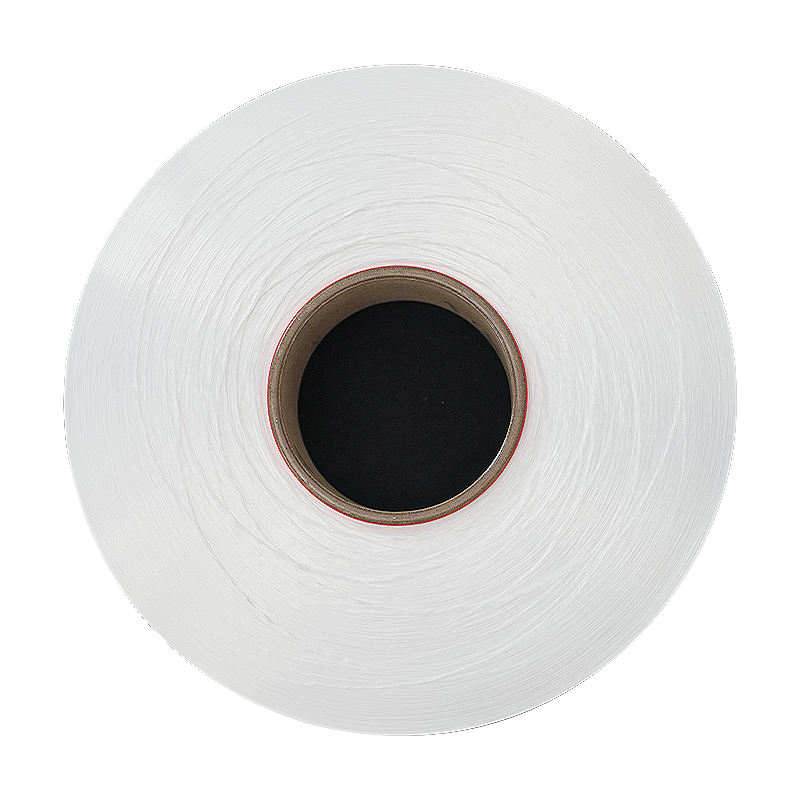
High shrinkage blended polyester yarn has a high shrinkage rate and is suitable for textile manufacturing that requires shrinkage treatment, such as making pleated fabrics or textile shaping. Because ...
See Details
Composite woven FDY yarn mixes different types of fibers and has good wear resistance. The fabric made is not easy to wear and is suitable for long-term use. Composite woven FDY yarn has a wide range ...
See Details
The fibers of 210D water-repellent yarn are relatively thick, making the yarn highly wear-resistant and durable, making it suitable for long-term use. Composite fiber enables yarn to have the advantag...
See DetailsAddress: Duntou industrial park, haian county, nantong city,jiangsu province ,China.
TEL: +86 15850491859
E-mail: sales-betty@hsnylon.com
If You Are Interested In Our Products, Please Consult Us